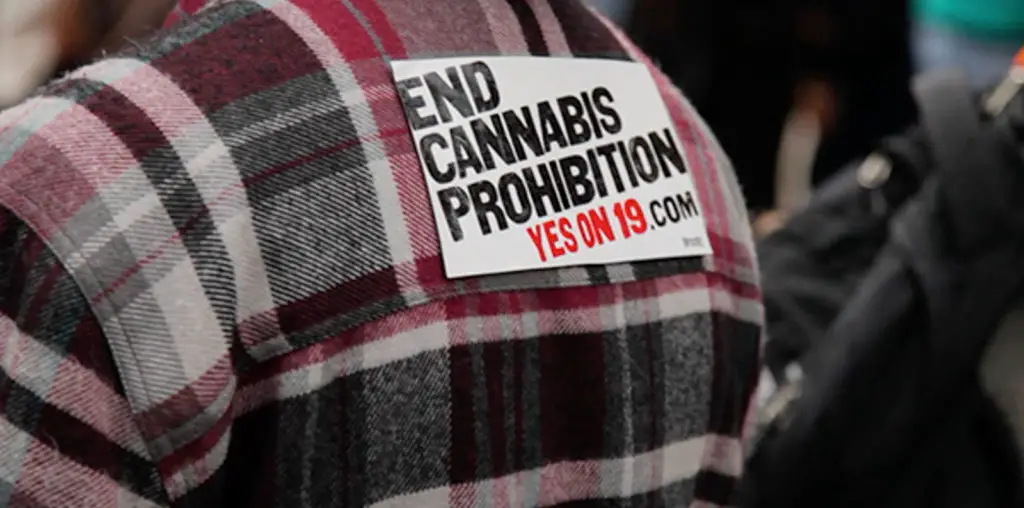
The simplest stories tend to hold both the most truth and the highest potential for pretentious posturing; “Behind the Sun” is a film with a bare-bones story told with such potency that its occasional flights of heavy-handed symbolism are easily excused.
The Hatfields and McCoys-or in this case, the Breveses and the Ferreiras-wage what appears to be a decades-long family feud over the contested ownership of a field of sugar cane in Brazil, circa 1910, in the new Walter Salles (“Central Station”) film. The Breves family is the poorer of the two, hacking an exhausted, sweat-stained existence out of the pittance they are able to sell their raw sugar for. For reasons apparently lost to time, there’s been bad blood between them and the Ferreira clan, who live in a much larger house on the other side of the Kashmir-like cane field. When the film opens, there is a bloodied shirt hanging from a clothesline next to the Breyes’ farm, its stain slowly fading under the relentless sun. It’s the shirt worn by Inacio, the eldest of three sons, when he was recently shot dead by one of the Ferreiras.
According to utterly insane tradition, a truce is called between the families after a killing until the blood on the latest victim’s shirt turns yellow, after which, revenge is then permitted. Once this has happened, the Breyes patriarch (Jose Dumont) commands his next oldest son, Tonho (impossibly handsome and chiseled Rodrigo Santoro) to avenge Inacio’s death. Tonho walks through the night to the Ferreiras compound and fatally ambushes one of their sons after a breathlessly shot chase through the dried, crackling fields of sugar cane. Custom permits Tonho and his father to go to the son’s funeral, at which a truce is declared by the blind Ferreira patriarch, and Tonho waits until his victim’s bloodied shirt fades.
We see most of this through the eyes of the young Breyes boy (Ravi Ramos Lacerda), who’s paid so little attention by his brooding father and mother that they’ve never even given him a name, calling him “Kid.” He’s given a glimpse of the outside world when a wagon carrying a couple of circus performers passes by the house. They joke with the boy, name him Pacu and give him a storybook about the ocean. After that, both Pacu and Tonho are obsessed with the world outside their little farm. Tonho falls for one of the performers, Clara (Flavia Marco Antonio), a gorgeous fire-breather, and dreams of escape.
Salles lays out the story’s cycle of violence and tale of hopeless love with powerful precision. Each shot carries with it a weight of these people’s simple and almost brutal lives. The creak of the Breyes’ sugar mill becomes like a metronome, the beating heart of their survival. Walter Carvalho’s camera dips and swoons with emotion, flying through the cane with lightning speed or hanging back and simply watching the parched earth. There are plenty of moments, especially towards the end, when Salles gets a little too carried away with his symbols. Scenes where characters (literally) take the road less traveled might have been easier to carry off on the page-the film is based on Ismail Kadare’s novel “Broken April”-but on screen they’re just too ponderous. Not to mention the fact that if the film’s premise is to be believed, at the rate these shirts are drying, both families would have wiped each other out years ago. Even so, “Behind the Sun” remains a strong film, a family saga told with all the muscle of the best Sergio Leone western.

